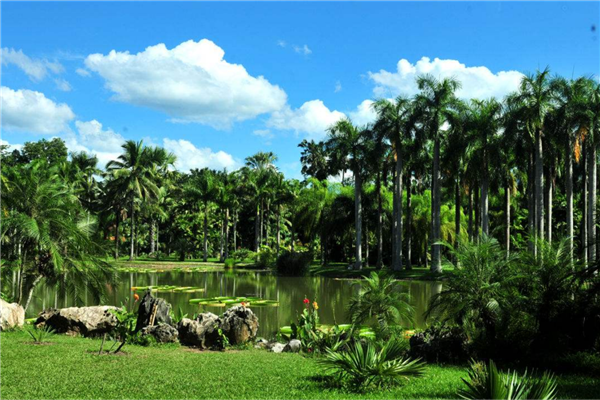Exploring the Rich and Diverse Nicaragua Culture and Traditions
Nicaragua is a land of rich diversity and culture that is reflected in its traditions, language, music, cuisine, and art. With a population of over six million people, Nicaragua is known for its friendly people, music, architecture, and most of all, its colorful culture. From its ancient cultures to modern-day, Nicaragua celebrates its uniqueness with great pride and joy.
History and Heritage
Nicaragua’s history dates back to pre-Columbian times, with evidence of early human habitation dating to approximately 12,000 BC, and the rise of the great Mesoamerican cultures of the Aztecs and Maya. Colonialism introduced the country to European influences that continue to be evident today through various architectural styles and traditions. You can’t miss visiting the many beautiful cathedrals and museums that showcase Nicaragua’s historical significance.
Music and Dance
Nicaragua has a festive vibe that is reflected in its music and dance. From the marimba, a wooden xylophone-like instrument, to son nica, a fusion of Latin jazz and traditional Nicaraguan music, and the Garifuna, a traditional Afro-Caribbean rhythm, you will be amazed by the diversity of sounds and rhythms. Nicaraguans celebrate their music and dance through various festivals and events throughout the year, which are not to be missed if you are a lover of music.
Cuisine
Nicaraguan cuisine is a fusion of Hispanic and pre-Columbian influences that create unique flavors and textures. From the traditional gallo pinto, made with rice, beans, and spices, to nacatamales, a corn masa stuffed with various ingredients such as meat, vegetables, and spices, you will fall in love with the country’s gastronomy. Nicaragua’s rich seafood culture is reflected in its coastlines, and the quality of produce that comes from its fertile soils.
Art and Crafts
Nicaragua’s art and crafts are a reflection of the country’s history and culture. Traditional art includes woodcarvings and pottery, while textile arts such as embroidery and weaving are also prominent. Nicaragua’s colors and vibrant folk art celebrate their traditions and folklore, with various representations of religious and historical events showcased throughout the country.
Conclusion
Nicaragua’s culture and traditions are diverse and rich, reflecting the country’s history, heritage, and geographical diversity. From the music to the cuisine, festivals to art, Nicaragua’s vibrant culture will captivate visitors. A visit to Nicaragua will undoubtedly be an enriching and unforgettable experience, and a chance to explore a world filled with diverse cultures and traditions.
(Note: Do you have knowledge or insights to share? Unlock new opportunities and expand your reach by joining our authors team. Click Registration to join us and share your expertise with our readers.)
Speech tips:
Please note that any statements involving politics will not be approved.
